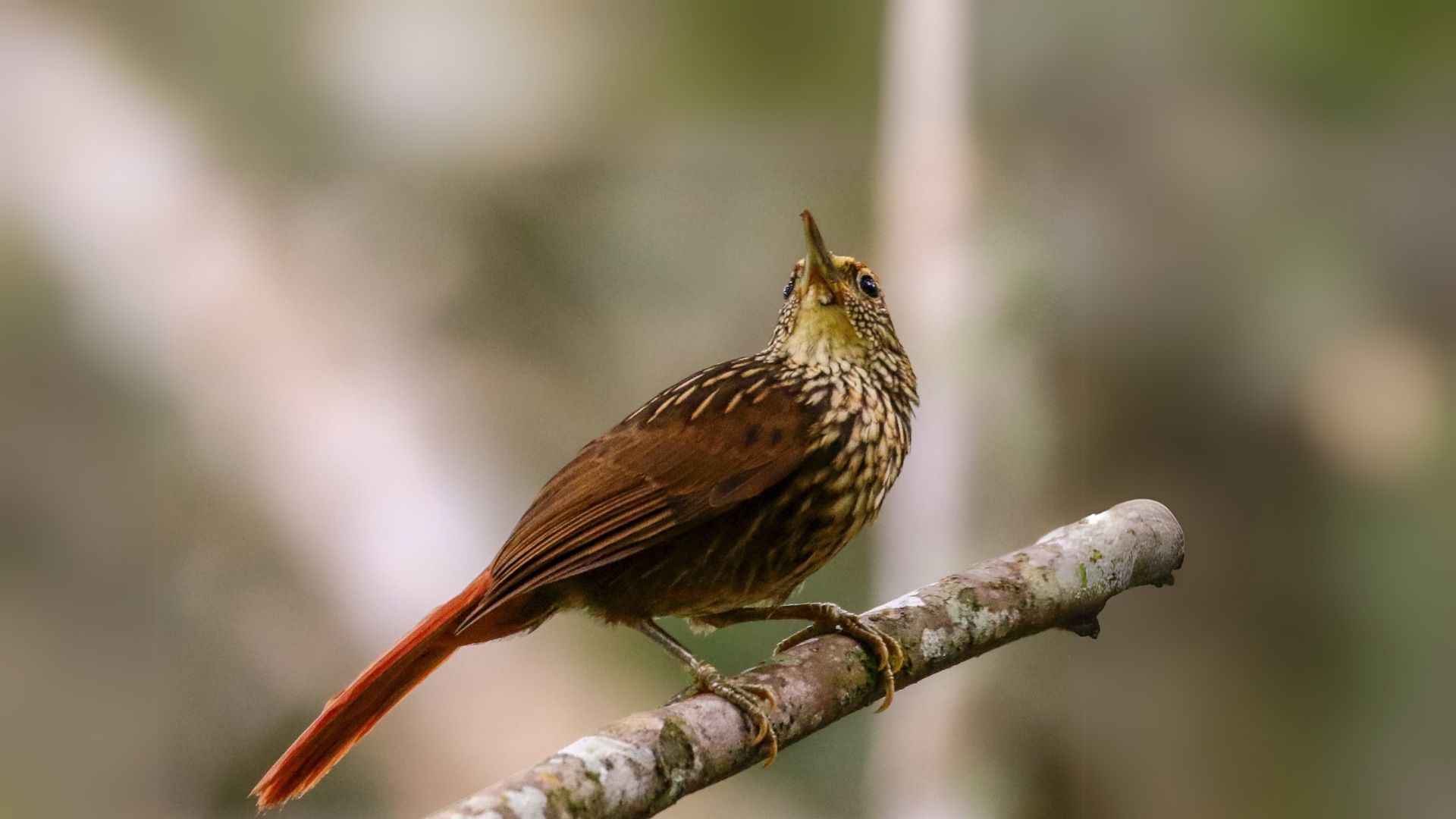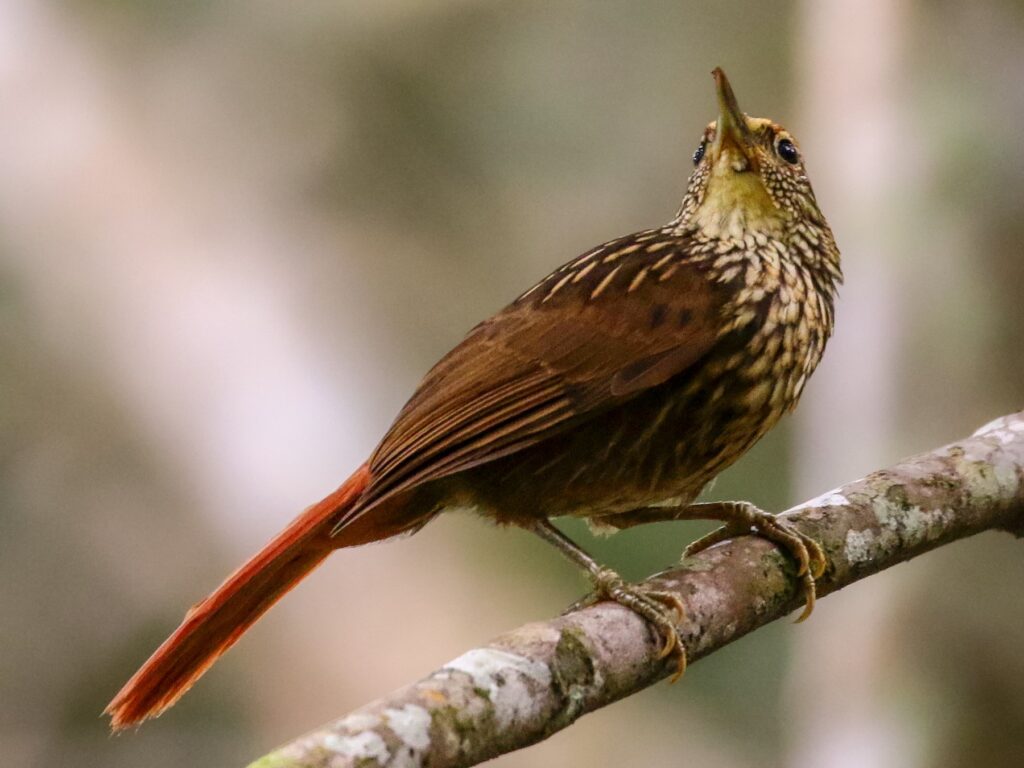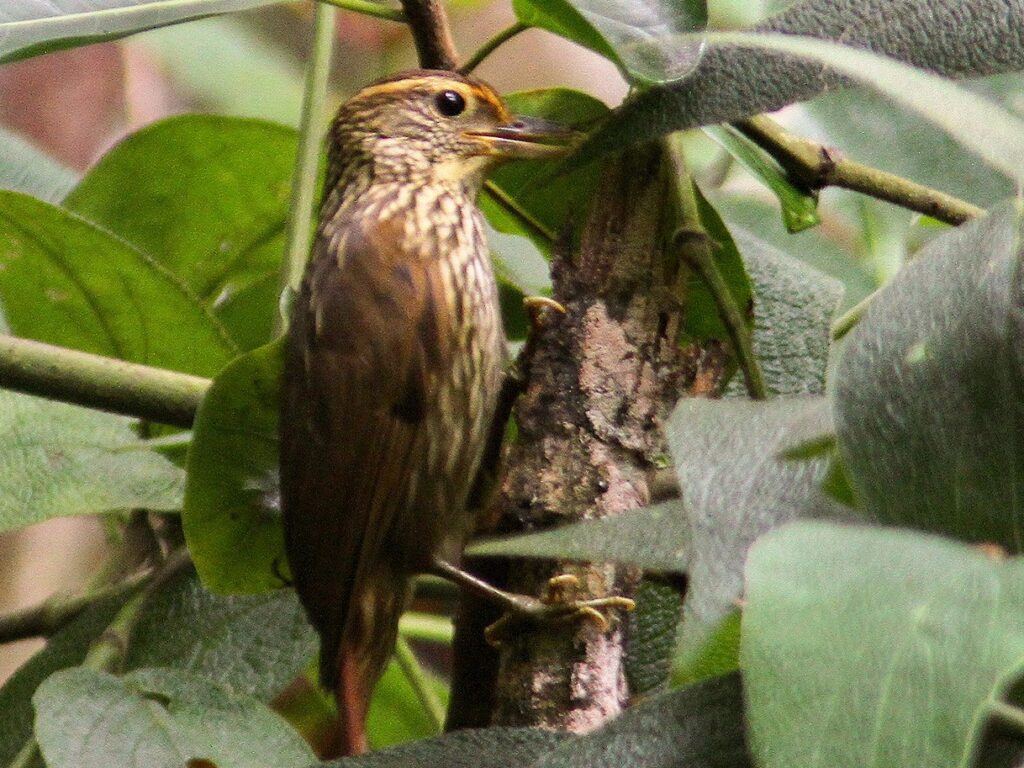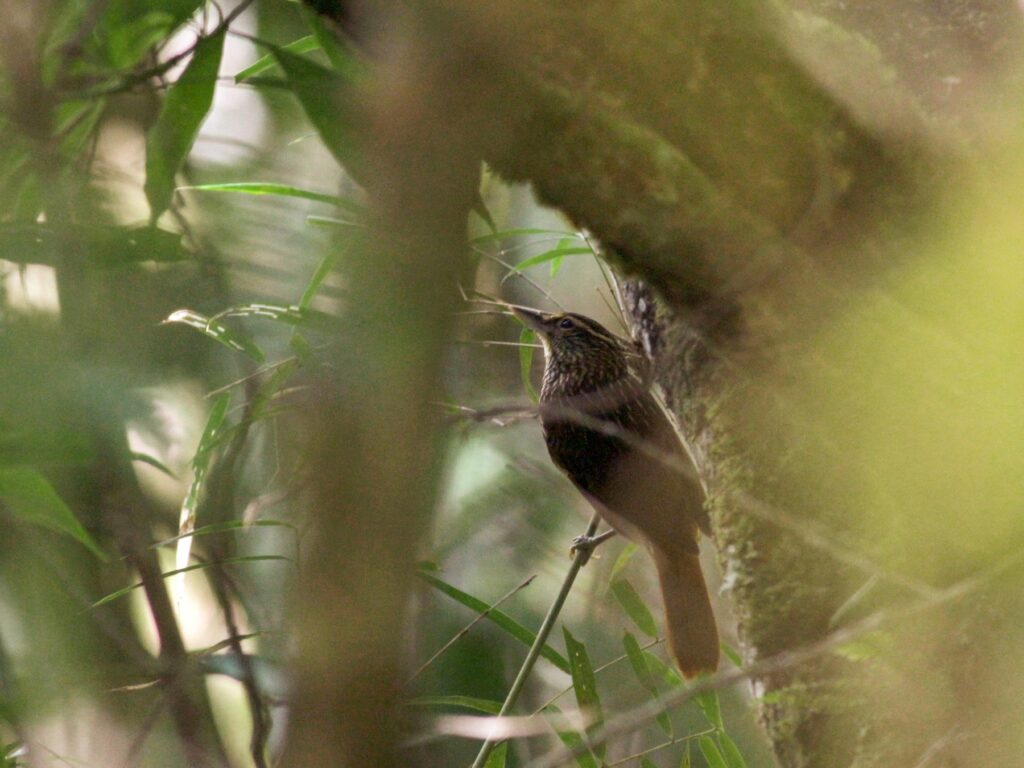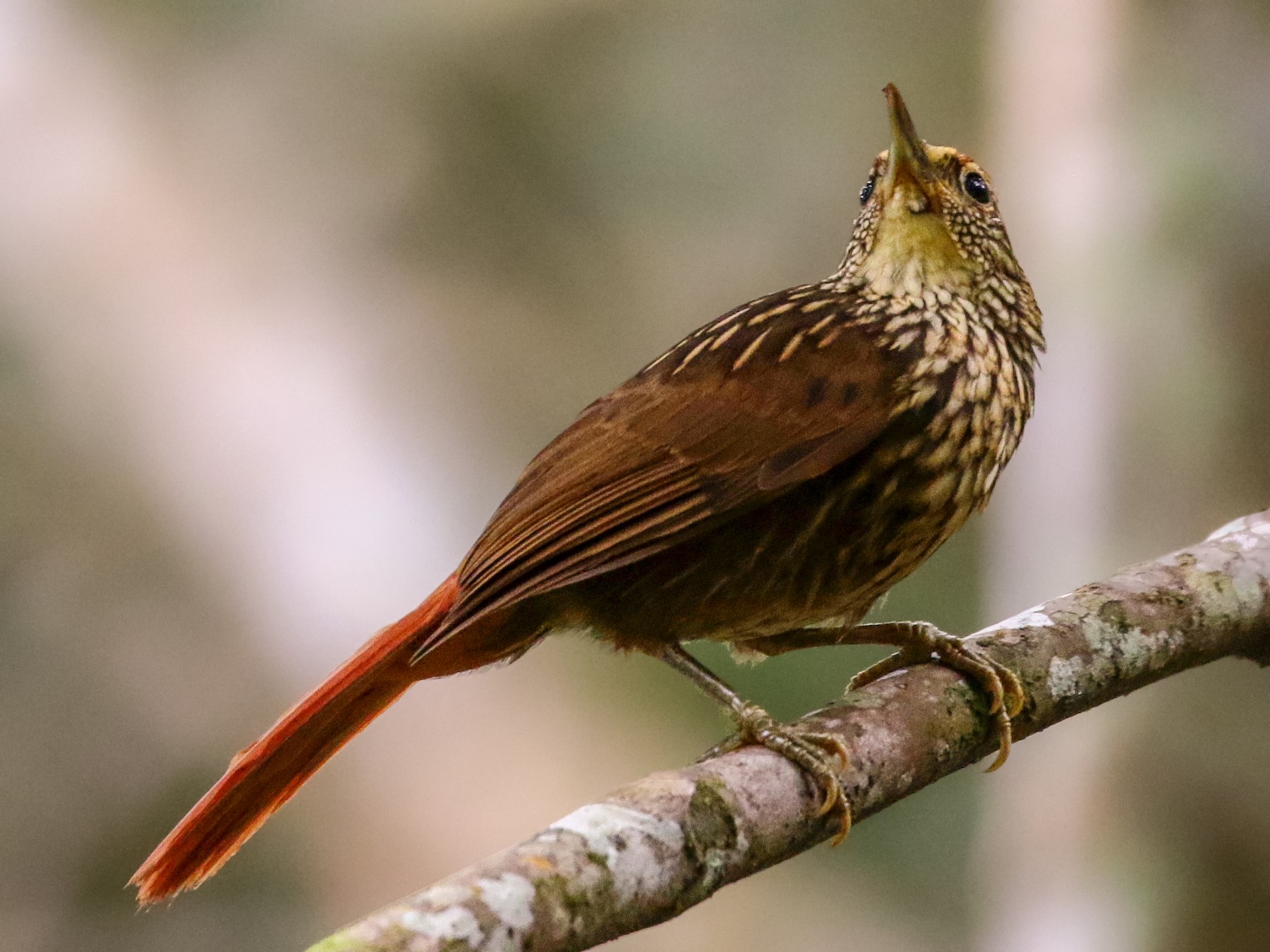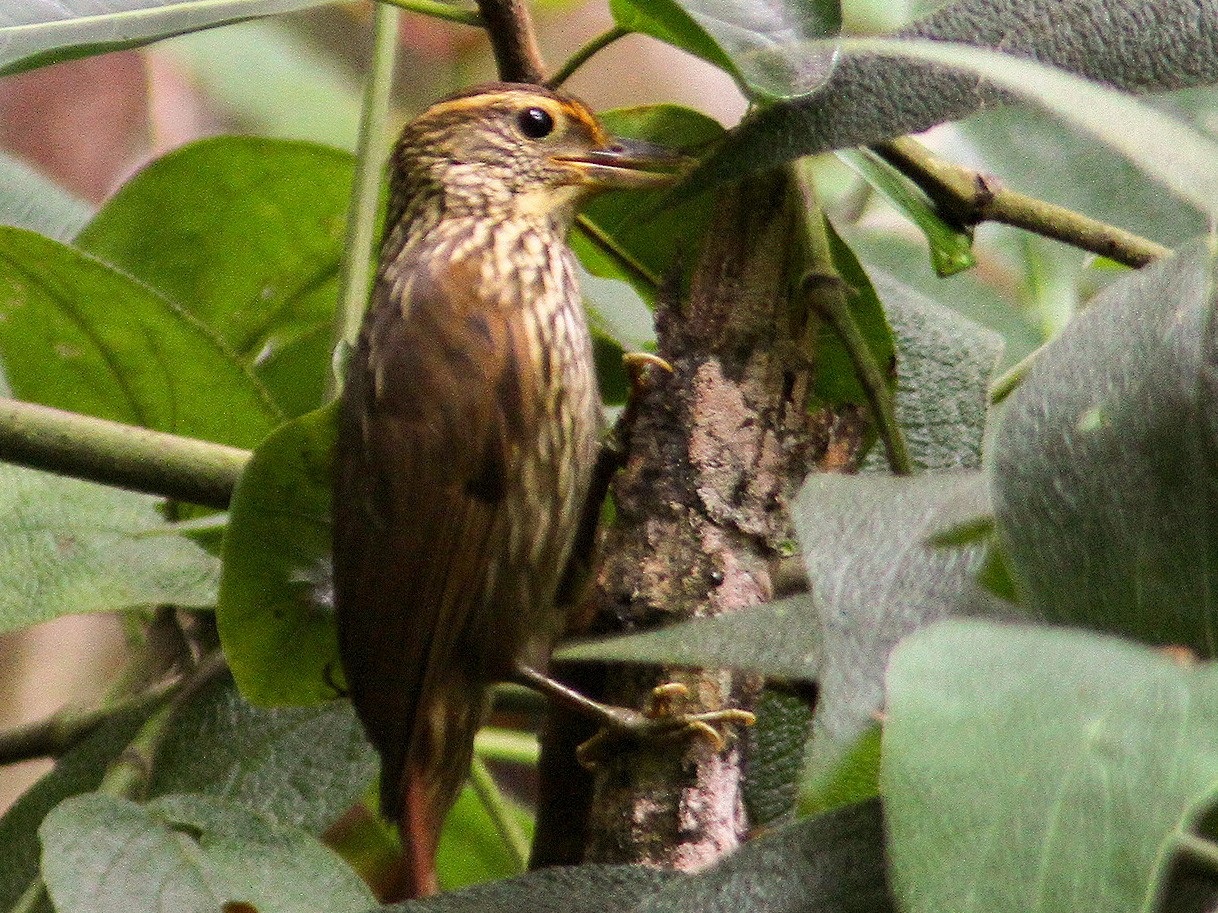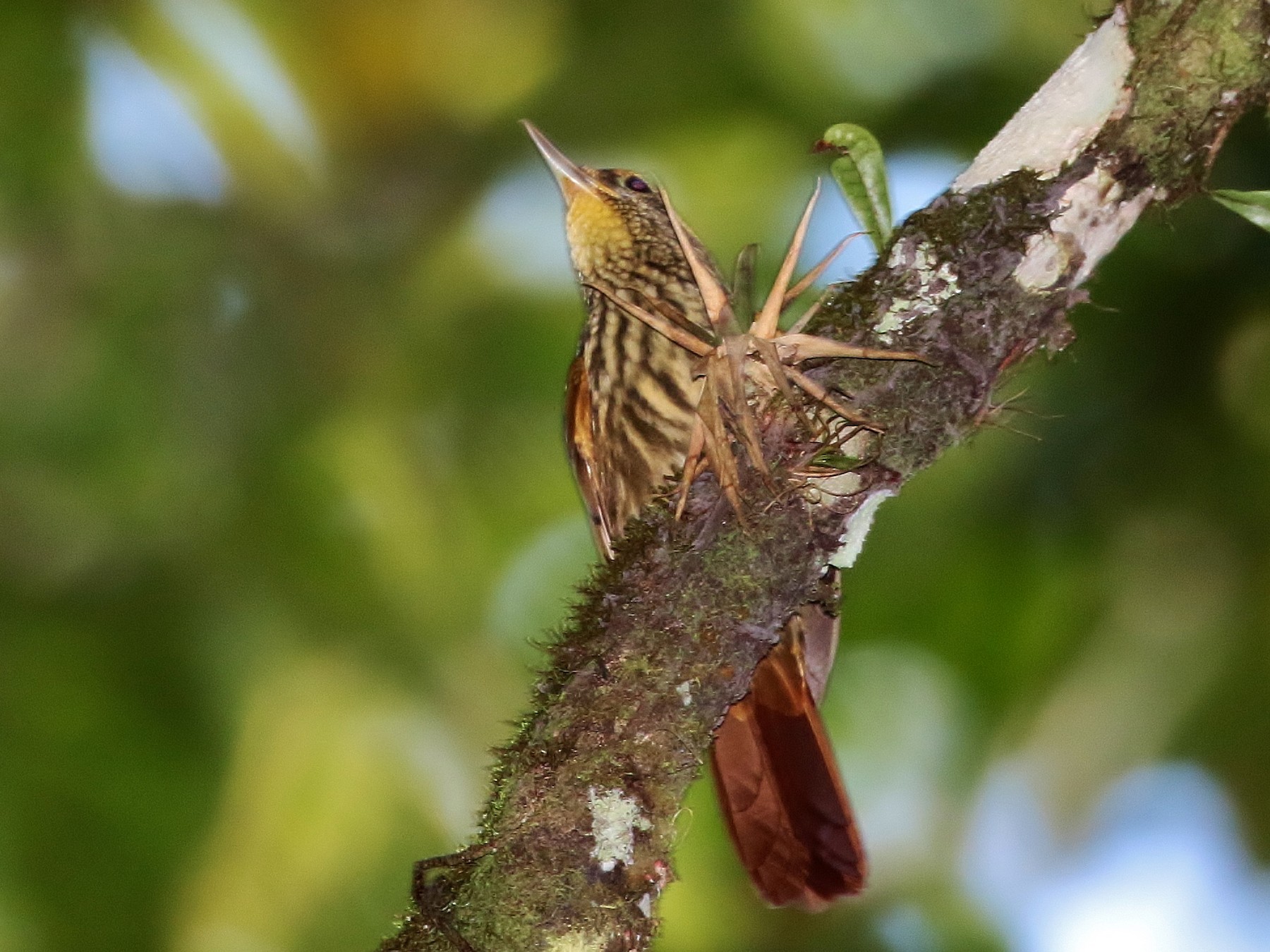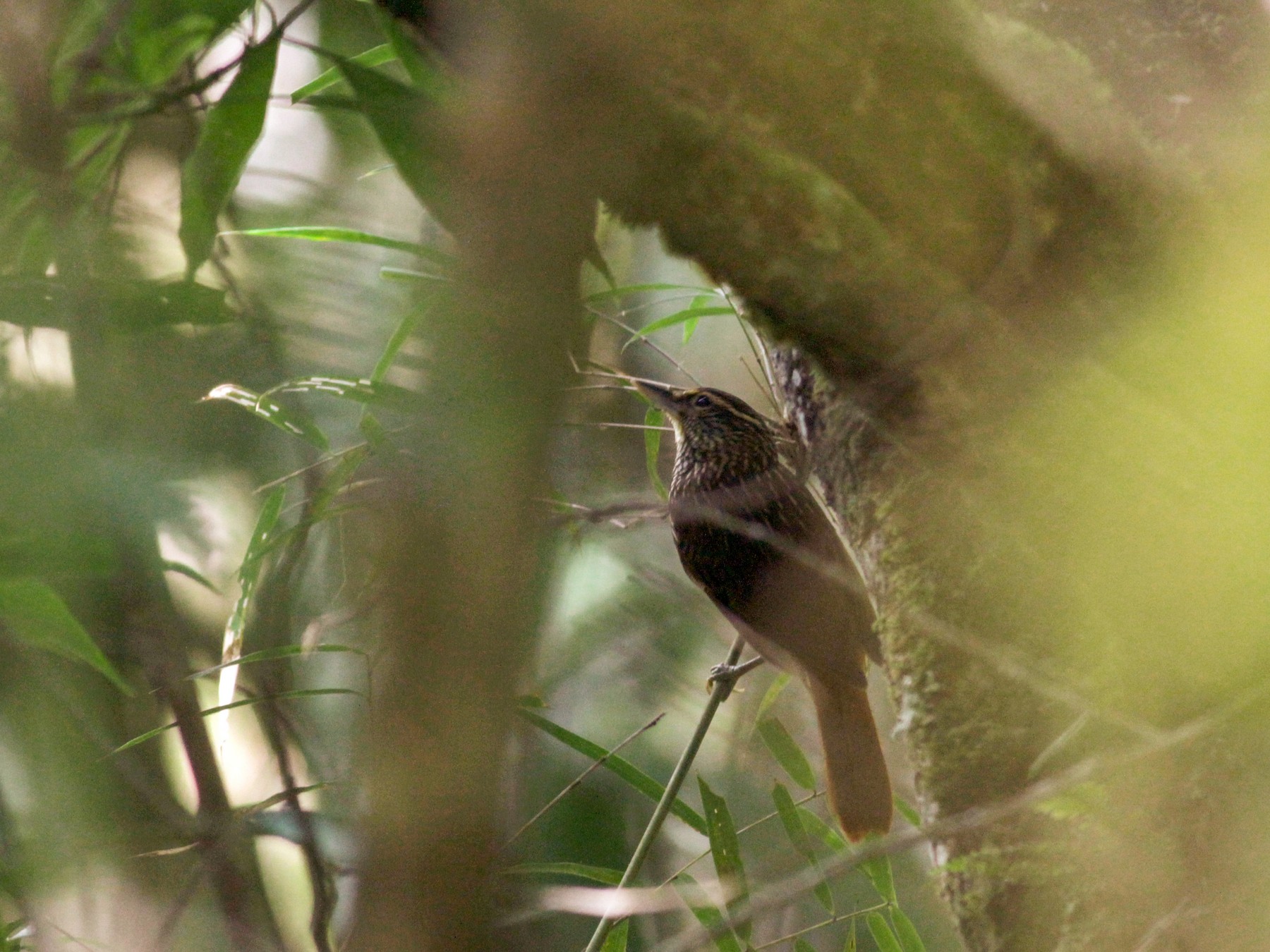Guttulate Foliage-Gleaner: Unveiling the Secrets of This Unique Bird Species
The Guttulate Foliage-gleaner is a fascinating bird in the Furnariidae family. Its unique feeding habits and particular habitat in South America needs make it a favorite among birdwatchers and researchers.
This species thrives in South America’s diverse ecosystems, showing off its adaptability in all sorts of environments. With its distinctive look, you can spot the Guttulate Foliage-gleaner by its marked plumage and physical quirks. It sticks to forests and bushy spots, foraging among the leaves.
Understanding its ecological role and behaviors gives us clues about the health of its home turf. With more people caring about bird conservation, learning about species like this one feels more important than ever. The threats it faces really drive home the need for more research and conservation to keep its environment intact.
Key Takeaways
- The Guttulate Foliage-gleaner belongs to the Furnariidae family and sports some pretty distinct features.
- It lives in South America’s forests and shows off unique feeding behaviors.
- Conservation is absolutely vital for its survival in the wild.
Taxonomy and Classification
The taxonomy and classification of the Guttulate Foliage-gleaner shed light on its biological ties and evolutionary story. It sits within a specific genus and family, connecting it to a bigger web of related species.
Genus and Species
Scientists call the Guttulate Foliage-gleaner Syndactyla guttulata. The genus Syndactyla includes several other birds that have cool tricks for gleaning insects from leaves.
This species stands out thanks to its distinct plumage and foraging style, which help it survive in different habitats.
Family and Related Species
The Guttulate Foliage-gleaner is part of the Furnariidae family. You’ll mostly find these small to medium-sized birds in Central and South America.
Its relatives include the Lineated Foliage-gleaner and the Treehunter. These birds play similar roles in their ecosystems, searching for insects and other small prey in trees and shrubs.
Subspecies and Variation
Researchers have spotted subspecies of the Guttulate Foliage-gleaner in different regions, hinting at some variation. There might be slight changes in their plumage or song, but nothing too major.
Scientists are still piecing together how these subspecies interact, especially with other families like Rhinocryptidae. That family includes cryptic birds such as the Woodhaunter and species in the Scytalopus genus.
Physical Description and Identification
The Guttulate Foliage-gleaner rocks some distinct features that make it easy to tell apart from similar birds. Spotting this species means looking for certain traits and comparing it to birds like the Lineated Foliage-Gleaner or the Woodhaunter.
Distinguishing Features
This bird is medium-sized—usually about 18 to 20 centimeters long. Its feathers are mostly olive-brown with paler undersides.
Look for those faint, spotted marks on its chest and flanks. That mottled pattern helps it blend into leaves and branches, which is handy for hiding.
Its bill is long and straight, perfect for poking into bark and leaves. Strong legs let it cling to tree trunks, and its slightly rounded tail helps it balance while hunting for food.
Comparison with Similar Birds
Compared to the Lineated Foliage-Gleaner, the differences stand out. The Lineated is bigger and has a bolder streak pattern on its sides.
Its bill is thicker, which fits its different approach to foraging. The Woodhaunter, on the other hand, sports brighter markings, especially on its wings and back, and its colors are less muted than the Guttulate’s.
These details matter for bird watchers and researchers trying to get a handle on neotropical bird species. If you want to dig deeper, check out this comparison of bird communities.
Habitat and Geographic Range
The Guttulate Foliage-gleaner sticks to certain forest environments. Its habitat and where it lives are closely tied to forest types in several South American countries.
Natural Habitat
This bird does best in humid, tropical forests. It loves dense understories and areas packed with leafy cover.
They pick spots with loads of branches and leaves, which offer both food and nesting places. Lowland forests and high-altitude montane regions are their favorites, since those places have plenty of insects.
Distribution by Country
The Guttulate Foliage-gleaner shows up in these countries:
- Venezuela: Found in various forested spots.
- Colombia: Widespread, especially in the west.
- Peru: Sticks to the eastern Andes slopes.
- Costa Rica: Seen in lush rainforests.
You’ll mostly find it in moist, lowland forests, so it’s more common in some places than others.
Range and Endemism
The Guttulate Foliage-gleaner has a pretty limited range. It’s not the most adaptable bird when environments change.
It’s endemic to certain parts of South America, meaning you won’t find it naturally anywhere else. That’s a big deal for conservation, since losing its habitat could hit the population hard.
Logging and agriculture are shrinking its home, which is a real threat. If you want more info, check out these resources on birds in Venezuela, Colombia, and Peru.
Behavior and Ecology
The Guttulate Foliage-gleaner shows off some interesting behaviors that tie directly into its role in the ecosystem. Its feeding style is pretty specialized, and its breeding habits help keep the species going. Vocalizations also matter a lot for how these birds communicate with each other.
Feeding Habits
The Guttulate Foliage-gleaner eats mostly small invertebrates it finds in tree foliage. Its long, slender bill lets it poke into crevices and snag insects others might miss.
When insects run low, it’ll eat fruits and flowers too. This flexible diet keeps it going even when conditions change. They usually forage alone or in pairs, sticking to thick vegetation where food is easier to find.
Breeding and Nesting
When breeding season rolls around, these birds build their nests up in tree branches, tucked away in leaves for cover. The nests are cup-shaped, made from twigs, leaves, and sometimes even spider silk.
The female mainly handles the building and lays two to four eggs. After the chicks hatch, both parents feed them. This teamwork boosts the chicks’ chances of making it to fledging, which usually happens after about two weeks. That nurturing behavior is especially important in their dense, leafy homes.
Vocalizations and Communication
Calls and songs play a huge part in the Guttulate Foliage-gleaner’s social life. They use a bunch of different sounds to talk to each other, especially when it’s time to breed.
Their songs help attract mates and mark territory. Calls can also warn others about nearby threats, which is pretty critical for keeping their group safe.
Conservation Status and Threats
The Guttulate Foliage-gleaner faces some real challenges that put its population at risk and complicate conservation efforts. Population trends, ongoing conservation work, and specific threats all play a role.
Population Trends
Recent research shows the Guttulate Foliage-gleaner is on the decline. Habitat loss is the main culprit, as forests get cleared for farming and cities.
Monitoring programs track their numbers, but detailed data is still pretty limited. Climate change is also shaking up their environment, making it even harder for populations to bounce back.
Conservation Efforts
Groups are working on habitat restoration and preservation to help this species. They’re focusing on tropical montane cloud forests, which these birds call home.
Educating local communities about why conservation matters is a big part of the effort. Many programs train local folks in sustainable practices, and partnerships with international organizations bring in more resources and know-how.
Want to learn more? Check out why tropical montane cloud forests matter for birds here.
Risks and Potential Extinction
The Guttulate Foliage-gleaner faces a bunch of risks that could push it toward extinction. Habitat destruction is honestly the biggest threat here.
People keep clearing forests and changing the land, which wipes out their nesting spots and food. That alone makes survival tough.
Invasive species and pollution add even more problems. When new predators show up, they throw off the balance, making it even harder for these birds to get by.
If you want a solid overview of the threats birds like the Guttulate Foliage-gleaner deal with, check out this field guide. It’s pretty comprehensive.
Frequently Asked Questions
Foliage-gleaners are pretty unique birds. Their habitats and feeding quirks really make them stand out.
They’ve got distinct characteristics and nesting patterns that set them apart from other species. If you dig into their conservation status or how the seasons affect them, you’ll probably appreciate just how remarkable they are.
What habitats are most commonly associated with Foliage-gleaners?
You’ll usually find foliage-gleaners in tropical and subtropical forests. They seem to love places thick with vegetation, where they can hide and hunt for food.
These dense environments give them the cover they need for both foraging and nesting.
How do the feeding behaviors of Foliage-gleaners differ from other bird species?
Foliage-gleaners use their specialized bills to pluck insects and tiny critters right off leaves and branches. Unlike birds that snatch prey out of the air or scratch around on the ground, these guys hunt slowly and methodically across plant surfaces, always searching for something hidden.
What are the identifying characteristics of Foliage-gleaner birds?
Most foliage-gleaners have long, slender bodies and tails. Their feathers usually blend in with leaves, showing off greens and browns.
That sharp, curved bill? It’s perfect for digging food out of dense foliage.
Can you describe the nesting patterns of Foliage-gleaners?
Nesting habits actually vary a bit between species. Many build nests up in shrubs or trees, weaving together leaves, twigs, and whatever else they can find.
Some prefer to keep their nests well hidden, probably to keep eggs safe from predators.
What conservation status do most Foliage-gleaners fall under?
It depends on the species, honestly. Some are listed as threatened, mostly because of habitat loss and other environmental issues.
Conservation work really matters if we want to keep their populations healthy.
How does seasonality affect the visibility of Foliage-gleaners?
Seasonal shifts really do change how easy it is to spot foliage-gleaners. When breeding season rolls around, these birds get louder and move around more, so you might actually catch a glimpse of them.
But once that season ends, they tend to disappear into thick leaves, probably hiding out from predators. It’s like they know when to put on a show and when to vanish.
